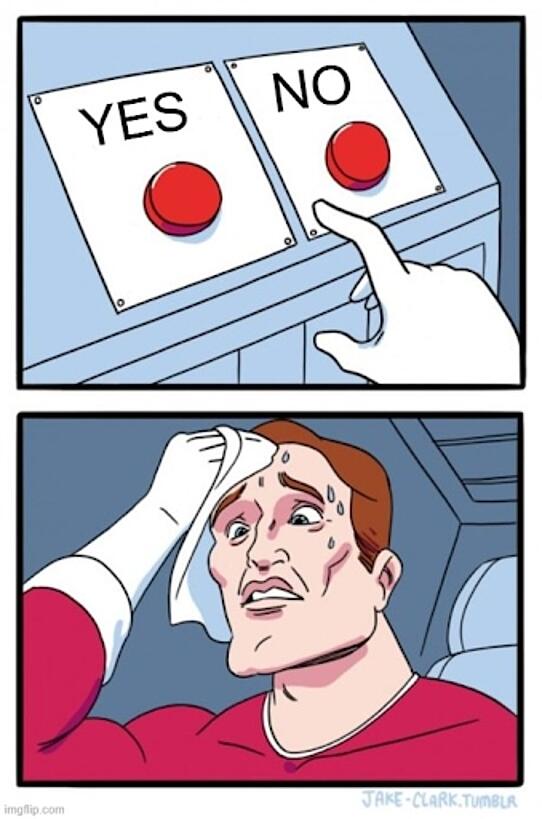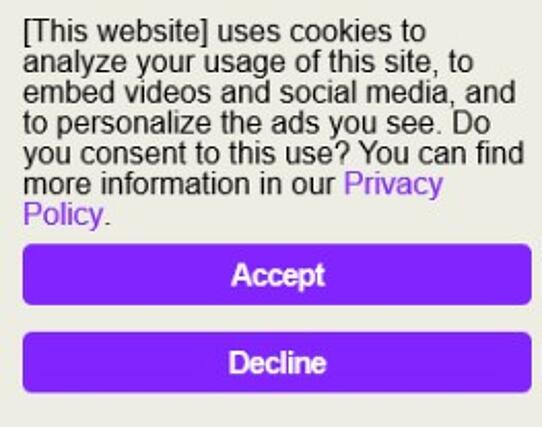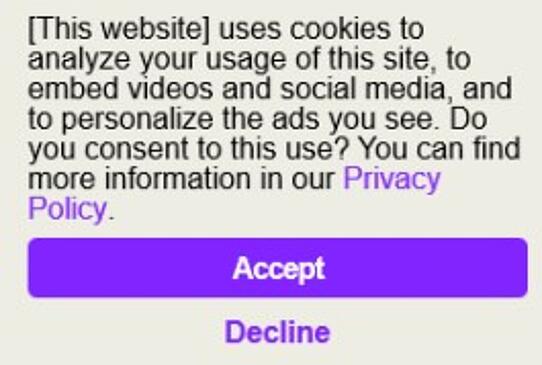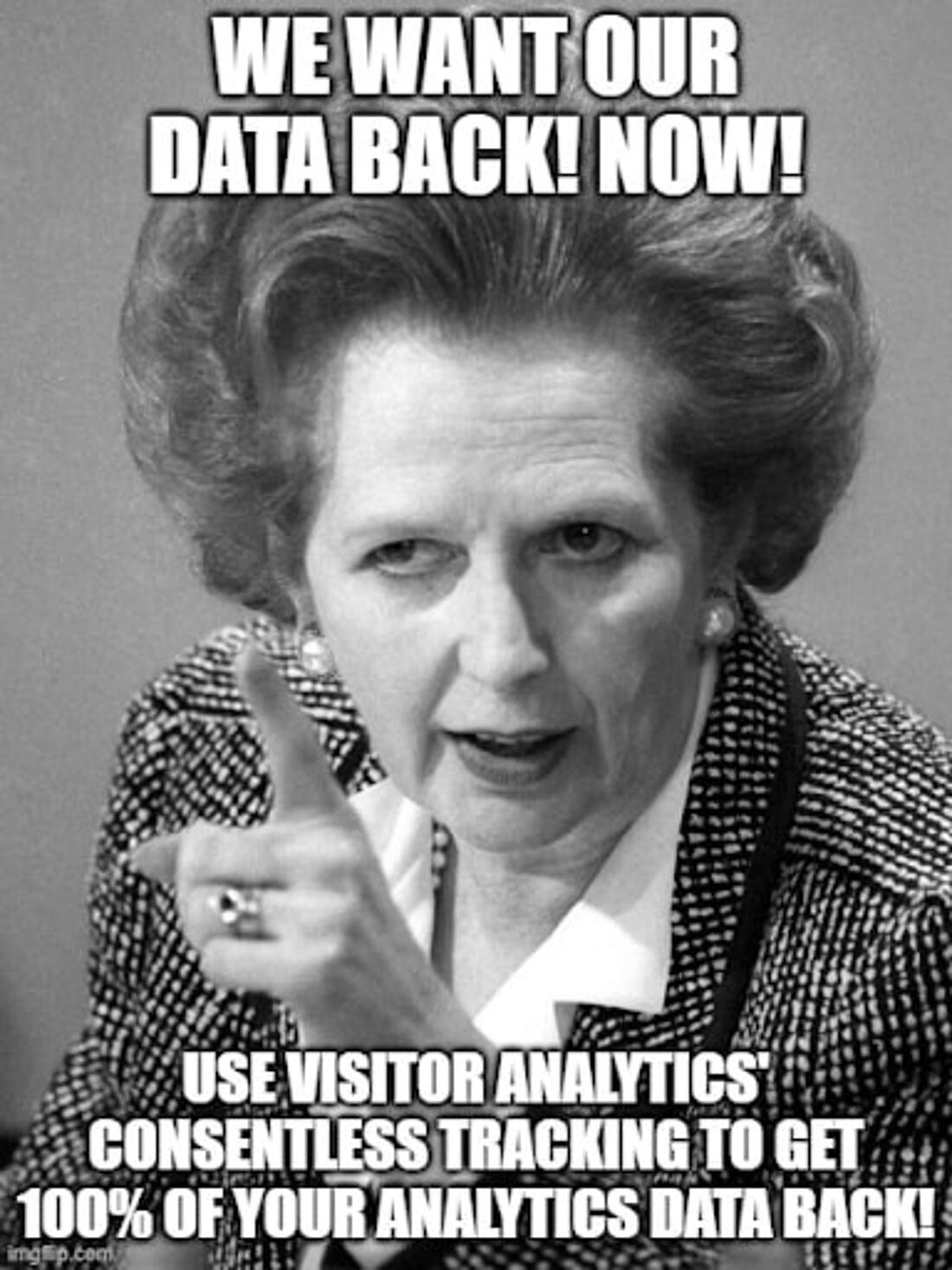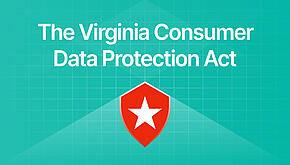- Why Us?
- Features
White Label
For SaaS Platforms & Agencies
Provide our complete analytics suite to your clients, directly within your own interface and with your/their own branding. Discover Analytics-as-a-Service and White Label Analytics. Great benefit, minimal effort.
- Pricing
- White Label
- Success Stories
- ResourcesGetting Started
Privacy laws keep changing year after year, making your life as a website owner more diffucult as time passes. You always have to keep an eye on the legal aspect of the data you collect through your website, and in most cases, even when you try to do everything right, cookie banners get in the way and you end up losing a large percentage of crucial data.
But don't worry, TWIPLA is here to help you get all your data legally and as easily as possible. With the TWIPLA Cookieless Tracking feature enabled, you get 100% of your data without needing cookie consent banners! In this article, you will find out more about tracking without cookies and the advantages of this method.
What Data Are You Legally Allowed to Track?
IP addresses and the exact journey (visited pages) of the visitors on a website are considered personal information that can help you identify and create profiles of your visitors, hence according to GDPR, you either stop tracking those details, or you ask visitors for their consent.
Considering this, we highly recommend you use our Complete Protection mode, which ethically collects consent exempt data without the need of cookie consent banners. This is not a predefined setting so it is your decision whether you choose to activate it or not. It all depends on the laws you need to obey, which differ from one country/state/district to another.
Once you enable the Complete Protection Mode, you will still have access to a large amount of data including top visited pages, visitors device/browser/OS, approximate location, and so on. The only things that will be anonymized are the IP address and the exact visited page URLs. Behavioral analytics features will not be affected; you can still see your heatmaps and visitor recordings, and within these recordings, also the pages to which a visitor has navigated.
The Technical Aspect of Analytics and Cookies
Let's look at it like this. If your legitimate interest is to see the IP addresses and the exact pages seen by your visitors, then, depending on the laws that apply in your country, you must either ask for their consent or not.
In case you truly need that particular information, and the law requires you to ask for consent, the first step you are obligated to take is to create a consent banner for your website. The second step would be to implement a condition for the TWIPLA script to only run if visitors gave their consent and only track those visitors.
Note: This is possible if you use our standalone app and track visits based on the tracking code snippet which you added manually . If the app runs in Wix/WordPress or other plugins, there is no flexibility over the tracking code snippet and you cannot manually take it out or implement conditions for it.
Creating the conditioning system mentioned above can be difficult, especially if you do not have the knowledge and resources. If you do not want all this hassle, but the country you and your audience live in still asks you to be GDPR compliant, you can just enable the TWIPLA Complete Protection Mode to save time and still be able to get elaborate insights and statistics.
In addition, even if you create this conditioning between the banner and our script, according to this GDPR consent notice study, most visitors will end up refusing to give their consent, so they will not appear in the statistics. That makes Complete Protection Mode even better, because even if you do not see those specific details, you can at least see all the visitors that were on the site. On the other hand, if you have the consent banner and the condition to run the script or not, you can see the IP address and the visited pages of your visitors, but only the small percentage of visitors that give you their consent.
According to the same study here are the percentages of visitors who accept to be tracked, depending on the type of cookie banner presented to them:
What type of data are you?
You add a consent banner with no buttons for users to accept or deny cookies, thinking this way you are still privacy compliant, but you don’t use TWIPLA.
What is your type of banner?
No option.
How will you achieve your goal?
Only add an “X” to dismiss the banner, without any possible way for the user to legally consent.
This method is supported by:
Any platform, but you have to take care of all the consent management on your own.
The percentage of the data you’ll get this way:
Legally - 0

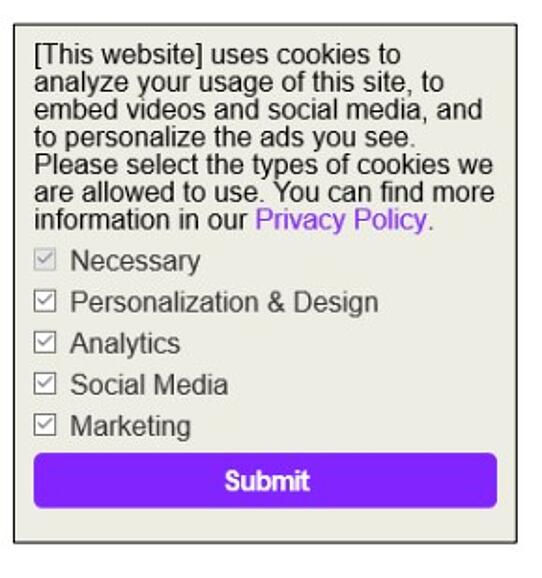
What type of data are you?
You ask for detailed consent, disclosing all the third parties you share your data with.
What is your type of banner?
Categories, non-nudging
How will you achieve your goal?
Put a valid and verbose consent banner in front of your website content and collect detailed information.
This method is supported by:
Any platform, but you have to take care of all the consent management on your own.
The percentage of the data you’ll get this way:
~0.1%
What type of data are you?
You use a YES/NO consent and both options are visually equal (YES and NO are fixed labels).
What is your type of banner?
Binary, non-nudging
How will you achieve your goal?
Add a banner with 2 options, both of which are highlighted.
This method is supported by:
Any platform, but you have to take care of all the consent management on your own.
The percentage of the data you’ll get this way:
Up to 41%
What type of data are you?
You ask for a YES/NO consent and put the visual highlight on the “YES, I do agree”.
What is your type of banner?
Binary, nudging
How will you achieve your goal?
Set up a banner with 2 options and with the Accept button highlighted.
This method is supported by:
Any platform, but you have to take care of all the consent management on your own.
The percentage of the data you’ll get this way:
Up to 45.6%
What type of data are you?
You get all your data in a safe and legal way without any consent banner needed.
What is your type of banner?
No banner at all with the TWIPLA Complete Protection mode activated.
How will you achieve your goal?
Achieve this by using TWIPLA with IP Anonymization and Complete Protection settings activated.
This method is supported by:
Only by TWIPLA.
The percentage of the data you’ll get this way:
~100%!
Conclusion
Considering all the data presented above, the easiest and most advantageous way of tracking data is by using TWIPLA with IP Anonymization and the Complete Protection Mode enabled. This way, you will get 100% of your statistics and data while being GDPR compliant.
Since new changes are taking place all around the world, starting with the new German privacy law called TDDDG, we are working on an even stricter privacy mode, which will help you keep things compliant while getting the most out of your data under the given circumstances.
Share article
Get Started for Free
Gain World-Class Insights & Offer Innovative Privacy & Security

You might also like
Best Privacy Compliant Analytics Tools for 2025 12 November 2020 - by Simon Coulthard
12 November 2020 - by Simon Coulthard
The Virginia Consumer Data Protection Act (VCDPA) 18 March 2021 - by Simon Coulthard
18 March 2021 - by Simon Coulthard







